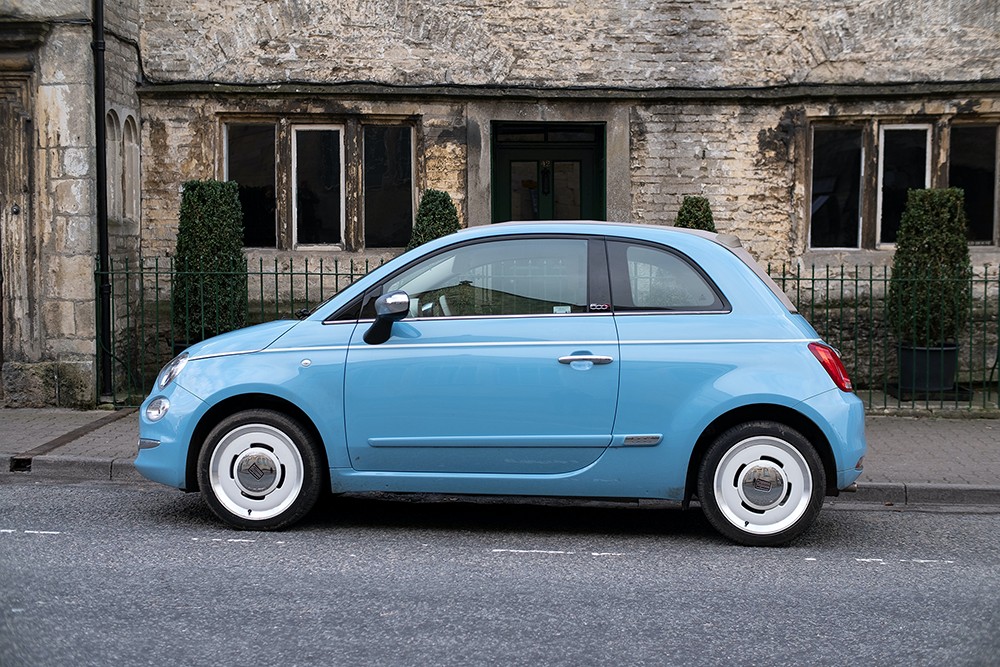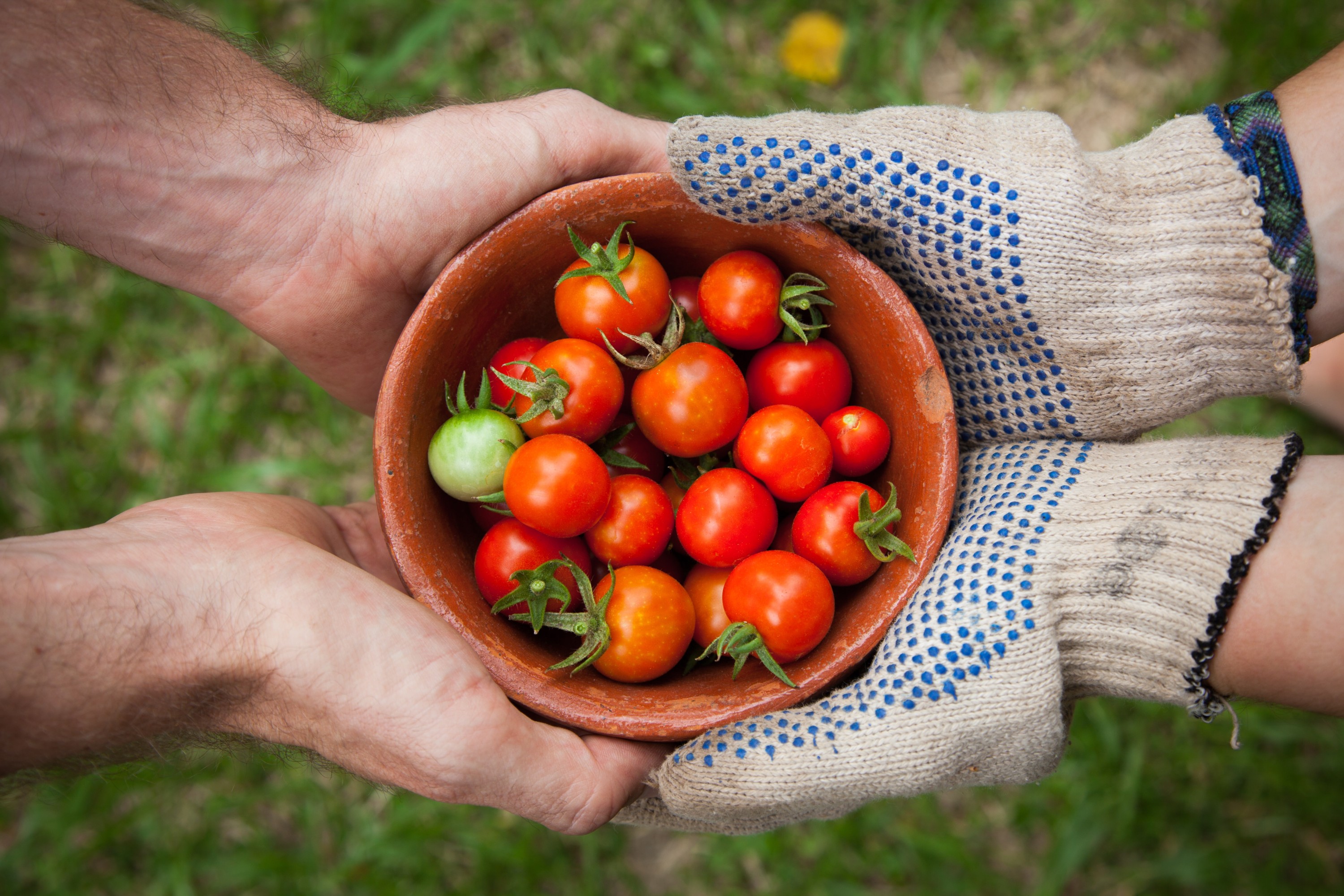What is the Sharing Economy?
The sharing economy is an economic model defined as a peer-to-peer (P2P) based activity of acquiring, providing or sharing access to goods and services that are often facilitated by a community-based online platform. The sharing economy is one of the worldâs fastest-growing sectors with the potential to be a pivotal contributor to economic growth.
According to Dr Kernaghan Webb, Convenor of the group of experts that developed the standard, the sharing economy has the potential to truly transform our world, âreducing overconsumption and even creating communitiesâ. Furthermore, the sharing economy enables individuals and groups to make money from underused assets whilst allowing those seeking to use these underused assets to save money (as they do not have to purchase the item to use it). This highlights the power of the sharing economy and the opportunity facilitated by it.
Sharing economy goods range from products (e.g., a drill, a lawnmower, or a blender) to idle assets such as parked cars and spare bedrooms- all of which can be rented out when not in use. The Sharing Economy also includes crowd shipping, tutorials, or other types of service. In this way, physical assets are shared as services.

Photo by Oli Woodman on Unsplash
Why Do People Use the Sharing Economy?
Although people have been sharing possessions since the beginning of time, the internet has made it quicker and easier for asset owners and those wishing to use these assets to be connected. This ârelationshipâ or âdynamicâ is referred to as the sharing economy, collaborative consumption, or peer economy.
The sharing economy promises primarily economic, social, and environmental benefits. For example, regarding the economic & social benefits, suppliers of services can make additional income, whilst consumers can benefit from better prices, wider choices, and greater convenience. Regarding the environmental benefits of the sharing economy, the use of underused assets can improve efficiency and save resources, therefore demonstrating the use of the sharing economy can be a sustainable choice.
Airbnb is an excellent example of a sharing economy firm. It operates as an online platform and an app, but its transactions (property stays) occur offline. The platform does not own the properties but will connect individual asset owners and customers who need a place to stay (peer-to-peer) and are willing to share an unused asset property or room (underused capacity).

Photo by Patrick Perkins on Unsplash
Another example of a sharing economy firm is the clothing peer to peer luxury fashion rental app, By Rotation. The platform enables users to monetise their wardrobe by renting out their high-quality clothes and allows users to borrow clothing items.
Is the Sharing Economy Sustainable?
Sustainability issues were an original driver of the sharing economy (with other contributors such as technology development, population growth and urbanisation, and the economic crisis of 2008.)
The sharing economy is an opportunity for sustainability as using assets without the need to own the property (and sharing it with other people) reduces the need for goods production, significantly reducing waste. Furthermore, the sharing economy facilitates the use of under-utilised resources, therefore, has an environmental benefit by reducing consumption.
Regarding the possibility to share car journeys, it has been stated that the sharing economy can reduce the negative impact of car emissions and energy expenditure on the environment, therefore suggesting that the sharing economy can be sustainable. Another excellent example of how the sharing economy is a more sustainable alternative to purchasing assets is through clothes sharing platforms. By borrowing clothes (as opposed to purchasing), you help to reduce the waste generated by the consumption of new clothing that may only be worn a limited number of times and then discarded.
Food sharing platforms are also a fantastic example of the sharing economy as a sustainable economy. A great example of this is the produce sharing app, Crop Swap, by which people who grow their own food can offer up extra produce that will otherwise go to waste. Platforms that share food are also more sustainable as they do not need single-use plastic packaging, reducing plastic pollution.

Photo by Elaine Casap on Unsplash
However, the actual sustainability impact of the sharing economy remains complicated, and research is still limited. Therefore, it is hard to determine the real sustainability advantages of the sharing economy. Some have argued that a decade into its existence, the sharing economy has become more about convenience and efficiency than community and sustainability.
There are also concerns that some companies are using the rhetoric of sharing to attract customers while pursuing profit maximisation for the platform owners. Similarly, greater accessibility and affordability of goods and services via a sharing economy may increase excessive consumption and waste creation.
How Can We Drive Sustainability in the Sharing Economy?
Overall, the cooperation of all the participants in the sharing economy ecosystems, including platform owners, regulators, managers, peer suppliers of services, and consumers, is vital to achieving the sustainability benefits of the sharing economy.
If youâre an individual consumer or service provider, your consumption choices and environmental awareness can help you make a positive environmental impact. As consumers, a small contribution to local sustainability is created every time we choose to borrow or rent an item via a sharing economy platform instead of buying the item. In the same way, as a supplier, a positive environmental impact can be made by sharing an asset rather than leaving it unused at home.

Photo by Francesco Gallarotti on Unsplash
In addition to this, both consumers and suppliers can utilise the sharing platforms that pursue sustainability objectives equally alongside economic objectives. A vital example of this is by supporting local grassroots initiatives in the sharing economy that employ existing resources without the need for profit maximisation and expenditures.
Essentially, the sustainability promises of the sharing economy will only be fulfilled when all the stakeholders in the sharing economy ecosystem keep each other accountable on the individual, societal and business levels.
Donât miss the recent Redfin article we were featured in
â13 Ways to Reduce Your Carbon Footprint at Homeâ
The science behind climate change can be overwhelming and complex. When it comes to its impact on the future, much is still undetermined. So how can you take control and do your part to help slow the impact of climate change? While a lot of factors are out of our control, simple changes at home can decrease greenhouse gas emissions and reduce your carbon footprint. Whether itâs insulating your home, planting a garden, or composting food scraps, every effort counts. Or, if you live in a hot climate that receives a considerable amount of sunlight â like El Paso, TX or Oahu, HI â switching to solar power may be the right option for you.
Read on to find out what a carbon footprint is and how to reduce your carbon footprint at home.
13 Ways to Reduce Your Carbon Footprint at Home































































































































